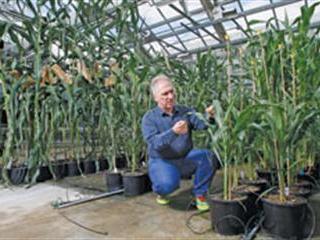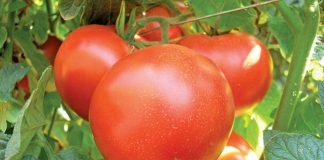
The rural landscape in the US could be transformed into the land of Lilliput if a Purdue University researcher has his way. Assistant professor of plant biochemical and molecular genetics Burkhard Schulz says the tall maize lands that line Midwestern roads may one day be replaced by dwarf versions that require less water, fertiliser and other inputs, thanks to a fungicide commonly used on golf courses.
Despite their size, the shorter plants produce the same amount of grain, he contends. Schulz has discovered that removing the steroid function in maize plants creates tiny versions with only female sex characteristics. For this, he has been using brassinazole, a chemical that inhibits plant steroid biosynthesis, but is prohibitively expensive. A single gram costs up to US$25 000 (more than R200 000).
In a recent breakthrough, however, Schulz found that propiconazole, used to treat fungal dollar spot disease on golf courses, is even more potent than brassinazole and costs about 10 cents for the same amount. “We can treat a plant with this substance throughout its life and it will never be able to produce steroids,” he says. This could be significant for seed producers, who must remove tassels – the male portion of the plants – mechanically so that they do not pollinate themselves.
The process is labour-intensive. Schulz is currently testing other grain crops such as sorghum to establish whether propiconazole will retard steroid production in these plants too. Propiconazole is recognised as a safe chemical for humans, he adds.












